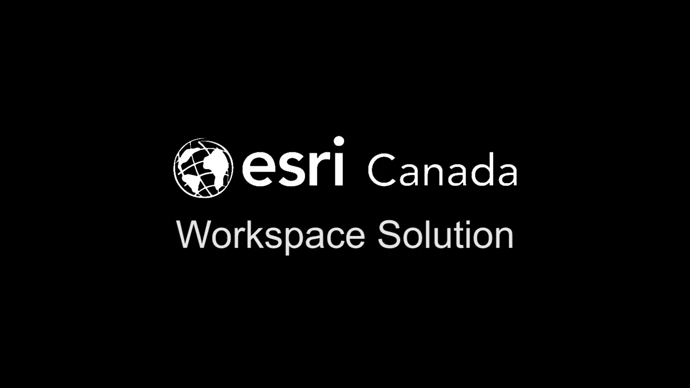Reopening the Workplace
As the economy reopens, organizations will soon be challenged to return staff to the workspace safely. This article reviews issues that business leaders will face and offers best practices and solutions to aid them in their task.
Our recent exchange with WXY Studio lifted the concept of work decentralization—movement to telework permanently or workday rotation among a body of workforce. The effects are easy to imagine: less concentration of people, quicker adoption of digital/online tools, easier to find your colleagues (they’re at home!), fewer carbon-emitting vehicles on the road. The implications to our nation’s health system may be vast, and for the better.
Yet, the industry matters for work decentralization. For example, WFH is not possible for a large majority of retail, hospitality, manufacturing and healthcare workers, leading to high unemployment rates.
Source: CBC
For many, reopening the economy and getting back to work is imperative. But what are the considerations company leaders and HR managers need to have? Here are 5 guidelines:
- The return to the office should be gradual
- Understanding the status of facilities and staff is a top priority
- Seating and workspaces must be restructured
- Routing through the office must be planned
- Communication with staff and visitors is a key factor
For more considerations, this recent blog post does a nice job in summarizing some solutions for facility mapping.
Perhaps, the next few considerations are the “How’s”. How could the seating arrangements for office cubicles be decided? How will I know the spaces to avoid and when? How can I communicate with staff?
As we know, IT infrastructure and resources have been heavily leaned on through this extraordinary period. Will you get the support and have enough time to address the significance of reopening the workplace?
Location intelligence is essential to overcoming these challenges. It is the very basis of the Business Continuity solution—a simple, yet powerful set of maps and apps—driving clear communication so informed decisions can be made quickly:
- Report and monitor the status of facilities and health of staff using maps and apps
- Understand the current status via maps and dashboards
- Communicate operational state with internal and external constituents through a community hub
Business Continuity Solution
The aim of reopening the workplace should be congruent to business stabilizing and then thriving. But you cannot have that with a sick workforce. Physical distancing and workspace planning, then, becomes important. A good way in doing that must take into consideration what is most effective to your unique workplace. To be efficient—to work effectively as teams do, leads to analysis.

We are using the analytical power of the ArcGIS platform for our own offices at Esri Canada. Our workspace planning app is helping the management team plan for our re-entry back into our offices. Set to unique parameters depending on the offices across the country, the app provides a simple-to-use data entry interface for staff and powerful capabilities for management to assure staff health and safety.
And we’re happy to share it with you. Tune in for our live webinar on Business Continuity and check out the workspace app on June 12.